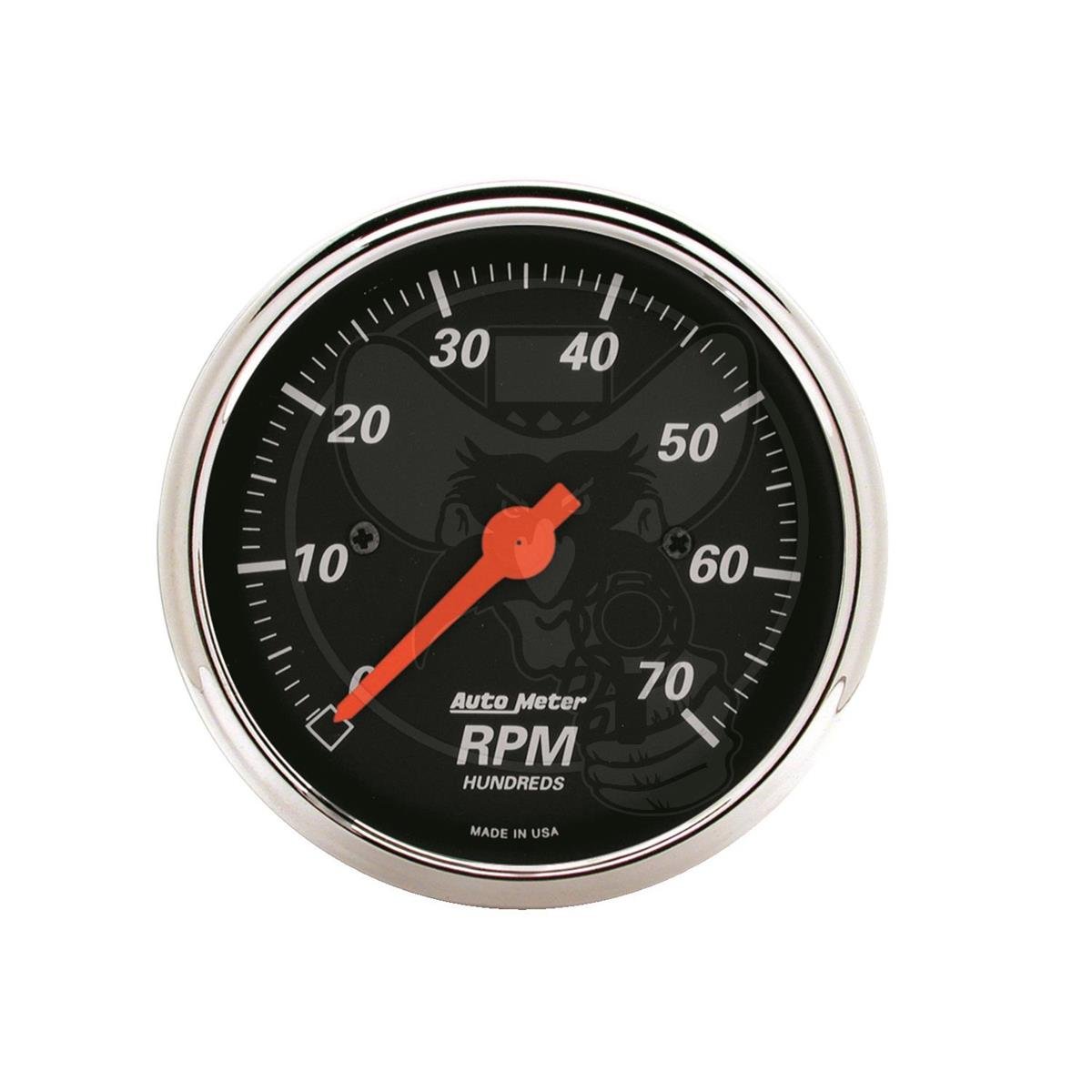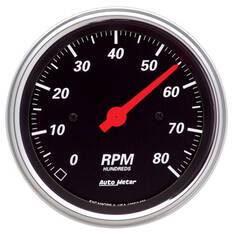Specialist Tips for Maintaining and Adjusting Your Tachometer
The Importance of a Tachometer in Checking Engine Rate and Performance in Automotive Applications
In the realm of vehicle design, the tachometer stands as a critical instrument in the driver's collection, offering a direct home window into the inner functions of a lorry's engine. Past its function as a plain scale of revolutions per minute (RPM), the tachometer offers as a critical device for fanatics and professionals alike, offering real-time understandings right into engine performance and wellness.
Importance of Keeping Track Of Engine RPM
Keeping an eye on engine RPM, or transformations per min, is an essential element of automotive maintenance and efficiency examination. Engine RPM straight associates with the rate at which the engine's crankshaft turns, suggesting just how swiftly the engine is running - tachometer. By monitoring RPM, mechanics can assess the wellness of the engine, detect potential issues, and fine-tune efficiency. An uncommon RPM analysis may signify issues such as engine misfires, damaged spark plugs, or concerns with the fuel delivery system. Continually high RPM readings could suggest hostile driving behaviors or the requirement for a higher equipment shift to boost fuel efficiency.
In addition, monitoring engine RPM is essential for performance analysis in auto racing and high-performance vehicles. Preserving ideal RPM degrees is important for attaining peak power outcome and velocity. Racers usually use tachometers to guarantee they are running within the suitable RPM variety for maximum performance. In summary, keeping track of engine RPM is not only crucial for spotting problems however additionally for maximizing engine performance in different auto applications.

Benefits of Real-Time Data
In automobile applications, real-time information plays a vital duty in providing instant understandings into the efficiency and condition of the automobile. By continually checking various criteria such as engine speed, temperature level, gas intake, and more, real-time data provides countless benefits that contribute to boosted performance and safety when driving.
In addition, real-time data assists in performance optimization by giving prompt responses on driving practices and engine performance. Vehicle drivers can adjust their behavior in real-time based on this details to accomplish better fuel economy and prolong the lifespan of their lorry.

Moreover, real-time data plays a crucial duty in modern-day auto diagnostics, making it possible for specialists to quickly diagnose and attend to malfunctions. This brings about reduced downtime, lower maintenance costs, and inevitably, improved total lorry reliability and long life (tachometer). By using the power of real-time information, vehicle stakeholders can make informed choices that favorably influence both the performance and long life of the vehicle
Effect On Equipment Shifts
Effective equipment changes in automotive applications substantially influence overall performance and driving experience. The tachometer plays a vital role in maximizing gear shifts by providing real-time engine speed information to the vehicle driver. When coming close to my blog the redline on the tachometer, it signifies the motorist to upshift to avoid over-revving the engine and triggering possible damage. On the other hand, downshifting at the ideal minute can help maintain the engine in its power band, making certain responsive acceleration when required.
Moreover, the tachometer aids in attaining smoother gear transitions, especially in hand-operated transmissions. By keeping an eye on engine rate, vehicle drivers can implement equipment shifts at the optimal RPM array, reducing jerking activities and reducing wear on the transmission parts. This precision in gear changes not just boosts driving convenience yet also adds to sustain efficiency.
Enhancing Gas Effectiveness
Given the essential function the tachometer plays in enhancing gear changes for efficiency and engine wellness, it directly contributes to taking full advantage Click Here of fuel effectiveness in vehicle applications. By supplying real-time responses on engine speed, the tachometer aids motorists in keeping one of the most reliable RPM array for fuel economic situation. When drivers continually keep an eye on the tachometer and adjust their driving behaviors appropriately, they can stay clear of unnecessary fuel consumption brought on by over-revving or hauling the engine.
Moreover, the tachometer helps vehicle drivers identify the most fuel-efficient gear to be in at any type of given moment, avoiding the engine from functioning more challenging than necessary. This is particularly important during acceleration and travelling, where being in the appropriate gear can dramatically impact gas efficiency. Furthermore, the tachometer can inform chauffeurs to possible mechanical problems that could be negatively influencing gas economic situation, such as a slipping clutch or a stopped up air filter. Finally, the tachometer works as an important device in enhancing gas efficiency by advertising optimal driving practices and identifying areas for enhancement in the car's performance.

Optimizing Engine Long Life
The tachometer's function in keeping track of engine rate and efficiency contributes in ensuring the longevity of auto engines. By making use of the tachometer effectively, drivers can maximize engine longevity through conscious RPM monitoring. Consistently revving an engine too expensive can lead to click to read too much damage on vital elements, such as the pistons, shutoffs, and bearings. With time, this can cause decreased engine efficiency and prospective breakdowns. Keeping an eye on the tachometer permits vehicle drivers to stay within the recommended RPM variety for their automobile, protecting against unneeded strain on the engine and extending its life expectancy.

Conclusion
Finally, the tachometer plays a critical function in monitoring engine speed and performance in automobile applications. By offering real-time information on RPM, it permits reliable gear changes, boosted gas efficiency, and made best use of engine durability. This device is necessary for keeping optimum engine efficiency and making certain the general functionality of a car.